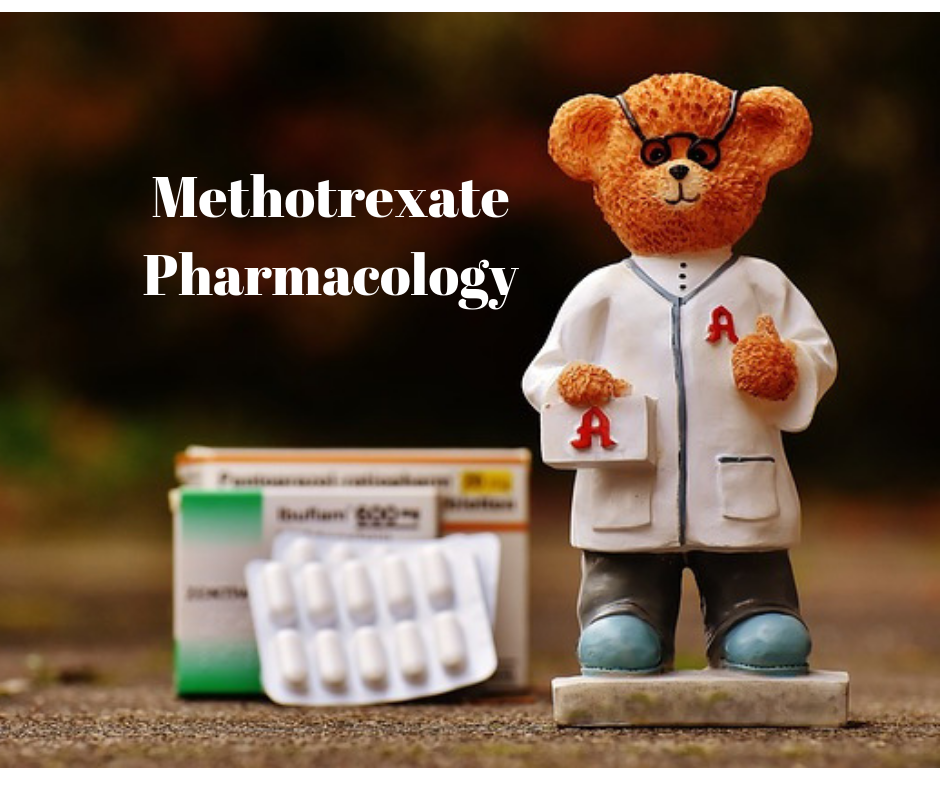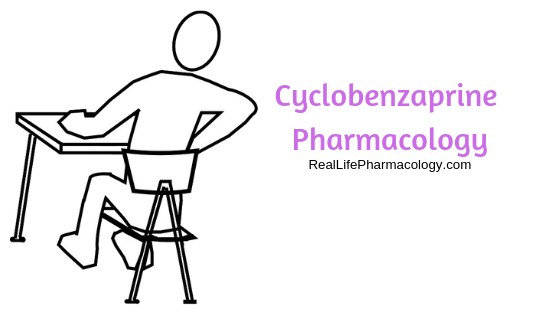Podcast: Play in new window | Download (Duration: 11:51 — 16.8MB) | Embed
Benztropine is a highly anticholinergic medication that is primarily used for movement disorders.
Antipsychotics can cause extrapyramidal adverse effects that can help be managed with benztropine.
Because benztropine is highly anticholinergic, it can cause dry eyes, dry mouth, urinary retention, constipation and contribute to falls and confusion, particularly in our elderly population.
While benztropine is classified as an anti-Parkinson’s agent, it is rarely used for that indication as it has a high incidence of anticholinergic adverse effects (particularly at the doses that are required for benefit).
Be sure to check out our free Top 200 study guide – a 31 page PDF that is yours for FREE!









